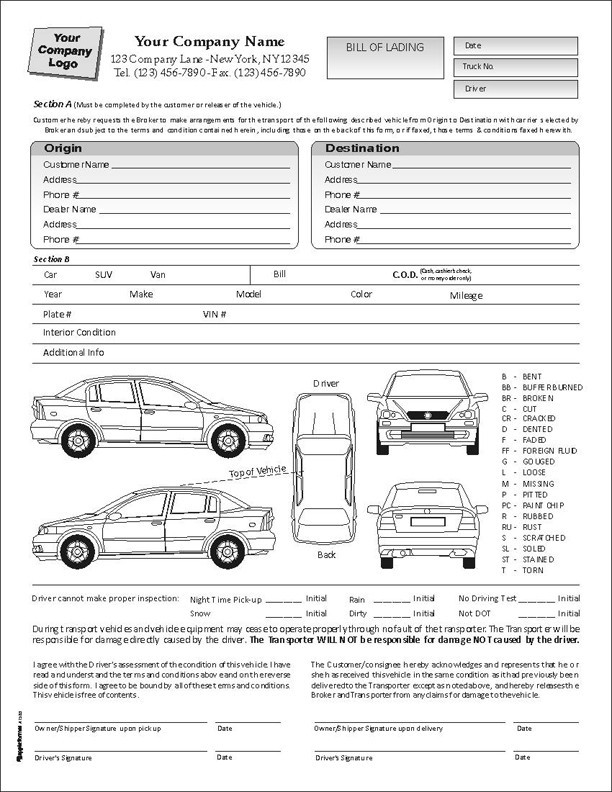Make sure to check out the first article in this 2-part series for information on the different auto shipping options.
Because using a truck is the most common way people ship their vehicles when moving, in this article we’ll give you tips for picking a good auto mover company, and guidelines for preparing your vehicle for shipping.
Let’s dive in!
Picking an Auto Mover
You have two options for finding an auto moving company: carriers and brokers.
Carriers are the companies that do the actual vehicle-shipping. Brokers save you time and hassle by finding carriers for you, for a fee. Cutting out the middle man and going straight to a carrier will most likely be cheaper, but it might take you a while to find a company you like.
For brokers, MoveCars and Moving are good places to start. For carriers, check out Consumer Affairs’ list for the Best Auto Transporters for 2016. You can also talk to any moving company in your area, as many offer vehicle shipping options.
To avoid scams and bad moving jobs, stick with companies that:
-
Are accredited with the Better Business Bureau (BBB) and have high ratings and no complaint histories.
-
Have active USDOT (Dept. of Transportation) and MC (Motor Carrier) numbers.
-
Are members of the American Moving and Storage Association (AMSA).
-
Provide certificates of insurance.
-
Don’t ask for wire-transfer payments.
TransportReviews is a helpful site for vetting auto mover companies.
Preparing Your Vehicle
Once you’ve picked an auto mover, follow these steps to avoid any problems with the moving company or damages to your car:
-
Wash it — Previous and potential damages will show more clearly.
-
Empty it — That includes garage door openers, electronic toll-passes, CDs, etc. Some companies allow you to pack things in the trunk, with a weight-limit.
-
Remove Accessories — Exterior spare tires, grill and car covers, non-permanent bike racks, luggage racks, spoilers, etc.
-
Disable alarms — Fickle alarms can be triggered during the move.
-
DO NOT fill your gas tank — Less gas in the tank means a lighter vehicle and a cheaper move! Most companies require you to stay within the quarter- to half-tank range.
-
Check for leaks — You could be liable for damages if your car leaks all over the car below yours.
-
Check tire inflation — To avoid damage during loading/unloading and transport.
-
Take photos — The carrier should do this as well, but it’s always good to have your own photos in case of a dispute.
-
Lock it after loading.
Side note: Some companies only accept vehicles in working condition, or they’ll require a things like certain amount of ground clearance, a working driver’s side door/window, or working brakes.
When the time comes to hand over your vehicle, the carrier will inspect it. Most carriers will require you to be present during the inspection. They will record any damages, nicks, scratches, etc. on a “bill of lading”, which they will hand to you.
Sample Bill of Lading
Then, when you pick up your car, if there are no new damages, you sign the bill, give it back to the carrier and you’re done!
Thanks for reading! If you liked this post, please recommend or share it with others. 🙂
Want to talk? Connect with Moved on Facebook, Twitter, and Instagram!


















